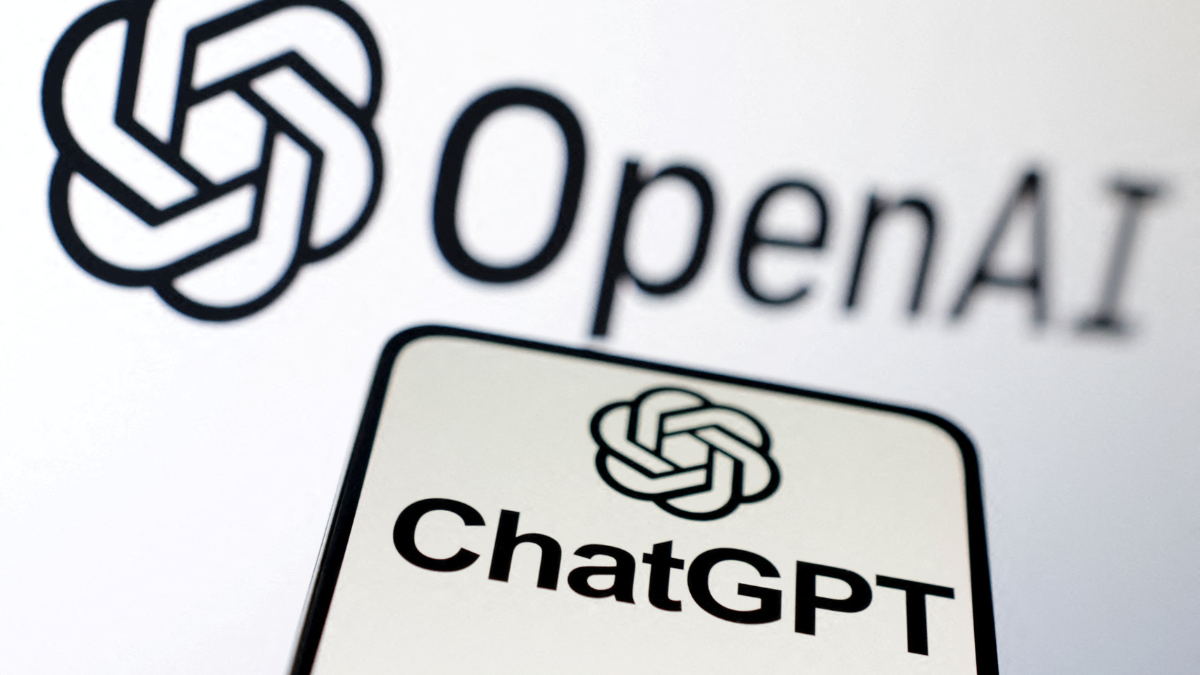OpenAI, pioneer in the field of artificial intelligence (AI), is preparing a key transformation in its business model. Since its founding in 2015, the company operated as a non-profit organization, aimed at developing general AI with the goal of benefiting humanity. However, That structure is falling short of the company’s growing needs in terms of financing and technological growth, which has led its board of directors to propose a strategic change towards a for-profit organization.
From research to market competition
The decision to change structure is not a surprising move. In 2019, OpenAI had already taken the first step in that direction by creating a for-profit subsidiary, designed to attract investment and maintain its pace of innovation. This initiative allowed giants like Microsoft to invest in the company, with an initial contribution of US$1 billion, which was later increased to US$10 billion. This injection of capital was instrumental in the development of advanced AI models, including ChatGPT, one of OpenAI’s most popular products.
Now, the company seeks to continue its expansion with a new round of financing that could reach USD 6.5 billion, which would take its valuation to a staggering USD 150 billion. This exponential growth reflects not only the market interest in AI, but also OpenAI’s ability to remain competitive against other major players in the sector.
Attractive for investors: end of the profit limit
One of the most interesting features of the new OpenAI structure is the possibility of removing the profit limit. Previously, the company had a cap on the profits that investors could make, which was a limitation to attracting larger amounts of capital. With this restructuring, OpenAI becomes more attractive to big players in the financial and technology sector.
According to information revealed by sources close to the matter, firms such as Thrive Capital have already committed US$1 billion for this financing round, and other large companies such as Apple, Nvidia and Microsoft are expected to follow the same path. This growing list of investors highlights the relevance that OpenAI has acquired in the global landscape, where AI is increasingly seen as an engine of economic and social transformation.
Impact on the future of AI
The shift toward a for-profit structure raises questions about how OpenAI could affect the balance between innovation, ethics, and financial return. While the company has maintained a focus on AI for the common good, this new model will bring it even closer to market pressures, where profitability can conflict with ethics.
On the other hand, this move could accelerate the development of new technologies and applications based on AI, allowing OpenAI to increase its presence in sectors ranging from medicine to education, entertainment and the financial industry. By having more resources, the company could establish itself as a leader in the race for advanced AI.
What does this mean for the global market?
OpenAI’s transformation is a reflection of broader trends in the tech world, where AI has become one of the most lucrative fields with the greatest growth potential. Big technology companies, investors and governments are attentive to every step of companies like OpenAI, aware of the impact that innovations in AI could have on the global economy.
Furthermore, as OpenAI establishes itself as a key player in the industry, competition in the sector is likely to increase, which could lead to faster technological advances, but also a growing concentration of power in the hands of a few companies. . The interaction between AI, investment and ethics will be a central theme in the coming years, and OpenAI’s role in this new scenario will be crucial in determining how these dynamics will develop.
Ultimately, the structural change proposed by OpenAI not only reflects its ambition to remain a leader in AI, but also the enormous opportunities and challenges facing an industry that is transforming the world at a dizzying pace.
Source: Ambito
I am Pierce Boyd, a driven and ambitious professional working in the news industry. I have been writing for 24 Hours Worlds for over five years, specializing in sports section coverage. During my tenure at the publication, I have built an impressive portfolio of articles that has earned me a reputation as an experienced journalist and content creator.




